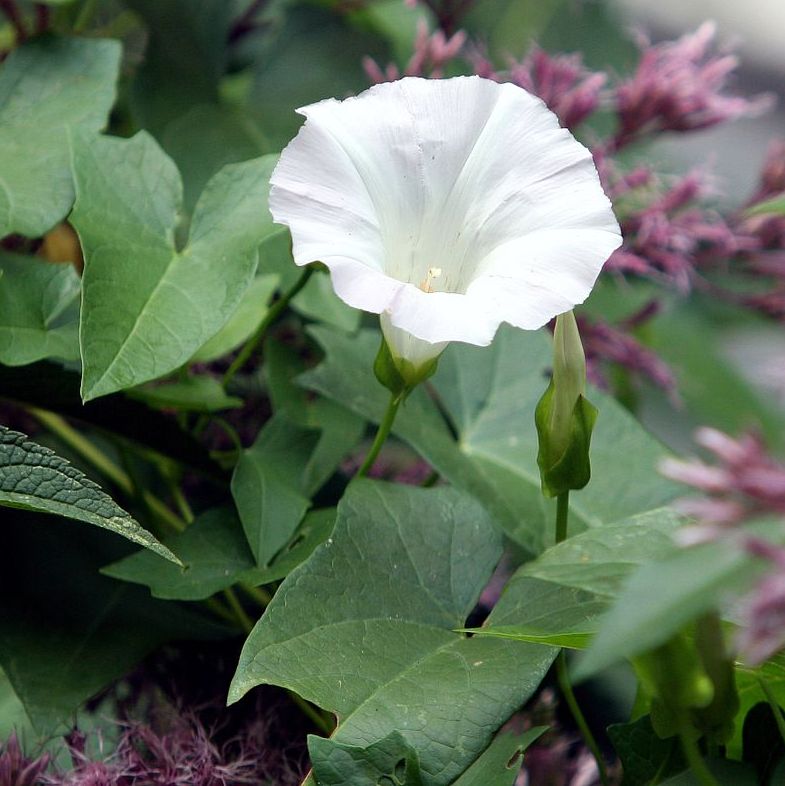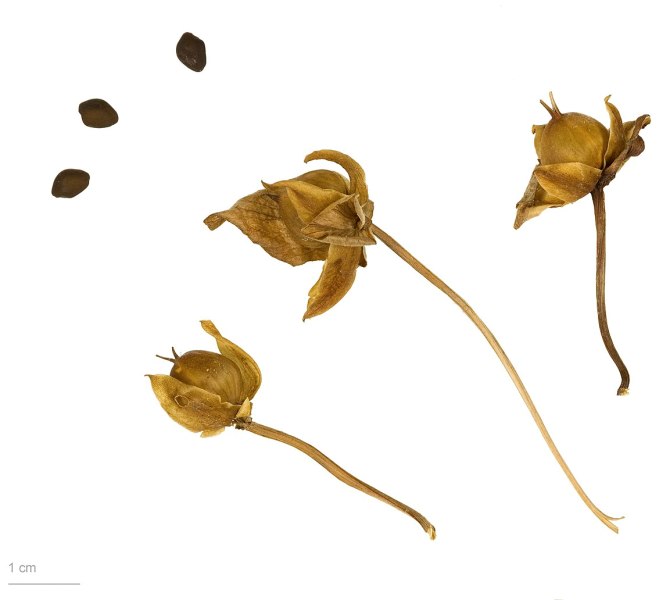This week I would like to talk about a bit of a climbing menace known as the Common or Hedge Bindweed (Calystegia sepium). Then later about the fascinating Dodders!

Is there any use to this plant you may wonder?
Please read on and find out!
I will also write about the rest of its family; the bindweed family or Convolvulaceae!
Blue background is for general interest; pink background is for medicinal use or negative information; green background for all sorts of uses. Pictures by Matt Summers unless stated. If the plant occurs in Birmingham and the Black Country, this is mentioned as FBBC in the contents page.
The Bindweeds are in the Convolvulaceae or Bindweed family, which is number 115 in Stace in between the Boraginaceae (114) and Solanaceae (116), which is the potato family.
This family has 4 genera growing in the British Isles namely; Convolvulus, Calystegia, Ipomoea (which are ‘introduced’, mostly ornamental climbers from N. America) and finally Cuscuta or Dodder.


Contents:
Calystegia or Bindweeds
- C. sepium or Hedge Bindweed FBBC
- C. silvatica or Giant Bindweed FBBC
- C. x lucana (C. sepium x C. silvatica) or Hybrid Bindweed FBBC
- C. pulchra or Hairy Bindweed (C. pellita × C. silvatica) FBBC
- C. x howittiorum (C. pulchra x C. silvatica) FBBC
- C. soldanella or Sea Bindweed
